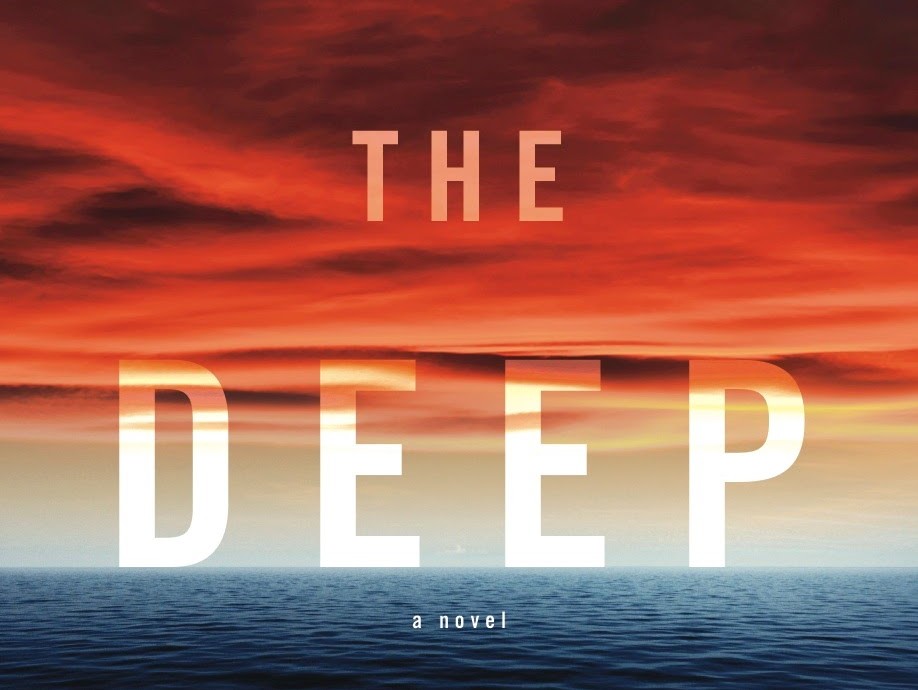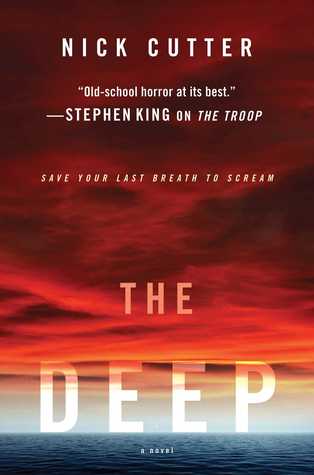By Anthony Biondi (The Cascade) – Email
Print Edition: February 18, 2015
There are some books that you treasure forever — you wish them no harm and treat the pages as if they were made of solid gold. Then there are some books where you can drip nasal effluence onto them without caring.
The Deep by pseudonym Nick Cutter is fundamentally flawed from its meagre beginnings. The story follows a veterinarian who is off to find his estranged, scientifically minded brother as he struggles to find the cure to a debilitating plague known as the Gets. The novel quickly takes us from South America to the Pacific Ocean over the Mariana Trench, and down to the bottom of the sea shortly after that. The bulk of the novel takes place in an underwater environment (not unlike Michael Crichton’s Sphere). There the main characters encounter otherworldly horrors dredged up from other novels in the same genre. Worse, the chiefest of blunders committed by this novel is not this copy-paste strategy from other novels: it’s the story’s poor pacing and inability to hold a narrative thread.
So often the plot is derailed from critical events and pushed into long, drawn-out flashbacks that only serve to superficially add bulk and weight to the story. Apparently, according to some reviewers on Goodreads, the flashback structure of this novel borrows a lot from Stephen King’s It.
The flashbacks tell of the brothers’ disturbing family history, all the while trying to splice in moments of horror that can be related to the events in the underwater sea base. These flashbacks are spliced into any situation, whether it be mid-conversation or during riveting horrific events. This often causes the reader to lose the thread, or at least become somewhat discombobulated.
That being said, most of the novel’s events are propelled forward by use of chapter cliff-hangers. Most chapters are no longer than three pages long, and often the action is split over several chapter blocks. This becomes quite frustrating to read. In a lot of ways, it’s a cheap trick to keep the reader interested from beginning to end.
Characterization struggles throughout this novel — a surprise considering how few characters there are. In the undersea base where the bulk of the action takes place, only a handful of characters are presented: the main character, his brother, a submarine pilot, one other scientist, and a dog. This paltry cast would work fine under most circumstances, but through the bulk of the novel, each one (save the main character) serves only to fulfill a role of advancing the eeriness of the story.
The secondary scientist is stereotypically mad from the get-go, foaming at the mouth and spouting vague nonsense through a locked hatch. The brother, as well, seems to be the stock brooding misunderstood genius type that has no friends and is all-around socially inept. Almost all of the characters, despite their well-drawn histories, seem to be two-dimensional. The only character I found myself caring about was the pilot, a typical badass military woman, simply because she’s the only one that isn’t being a total pain in the ass for the entire book.
From an author that seems to have such critical acclaim for his “first” novel Troop, his latest book seems to miss the mark entirely. It draws from too many sources without putting any sort of creative spin on them. Instead, it just borrows and fumbles. If you are looking for a daring undersea psychological horror, read Michael Crichton’s Sphere, of which The Deep seems to borrow a lot from. It’s a much better read, and far more rewarding.



